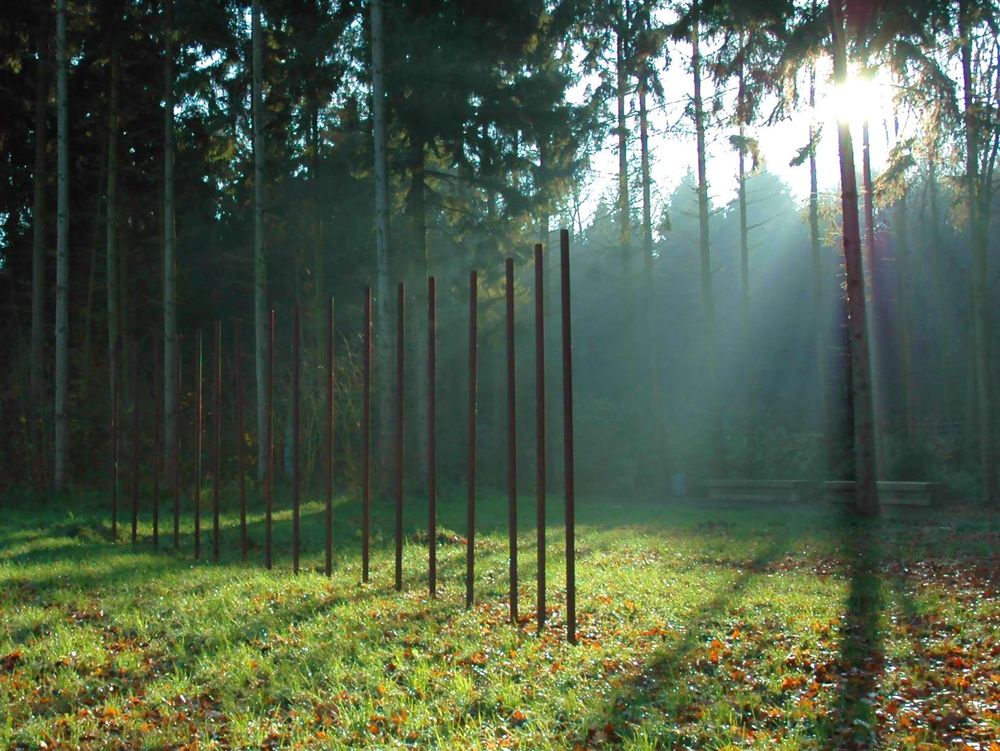
For more than 20 years, the Romans had been trying to subjugate the Germanic tribes between the rivers Rhine and Elbe. They thought they had reached their goal – Germania was about to become a Roman province. However, their defeat in the course of the Varus Battle brought this process to an abrupt halt. Rome’s army initially retreated to the other side of the Rhine, but returned a few years later with an even larger force. With eight legions, the empire wanted to restore its power over Germania, but as tangible as victory seemed to the Roman army, their military advances were nevertheless unsuccessful.
In the end, the Roman emperor decided that the price of conquering Germania was too high: After three years of heavy losses, he gave the order to retreat in 16 AD. Rome thus abandoned its plans for Germania and suspended its aggressive Germania policy for the coming decades.


There is hardly any other historical event that has fueled the formation of German identity and German nationalism in a comparable way as the Varus Battle. There is hardly any historical site that has been so ardently sought after in the last 500 years as the battlefield of this legendary confrontation.
Two centuries after the Roman defeat, Roman historian Cassius Dio described the battles as lasting three to four days, during which the legions were constantly attacked by Germanic tribes on their march and ultimately worn down.


However, only Tacitus casually mentioned that these battles were said to have taken place near the Teutoburg Forest, but no geographical map indicated this mountain range – until the 17th century, when the Osning was renamed the Teutoburg Forest. The Osning has not been renamed because anything pointed at the Varus Battle, but because the people preferred the name Teutoburg Forest. In the meantime, there was hardly a stretch of land in northwestern Germany that has not been proclaimed to be the site of the Varus Battle.
The only approach that can shed light on what actually happened where are scientific facts. Since 1989, the area around the present-day village of Kalkriese in the district of Osnabrück has been the subject of archaeological research. This research impressively proves that a military confrontation between Germanic and Roman troops took place here – and that the Roman side suffered a crushing defeat here. Many arguments support the claim that Kalkriese was one of the sites of the historical Varus Battle.



